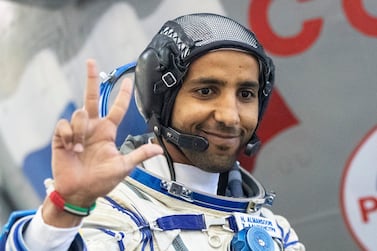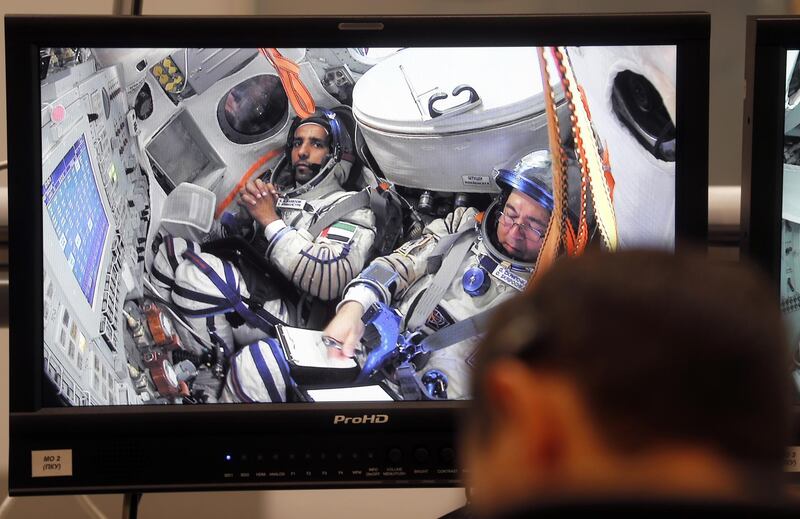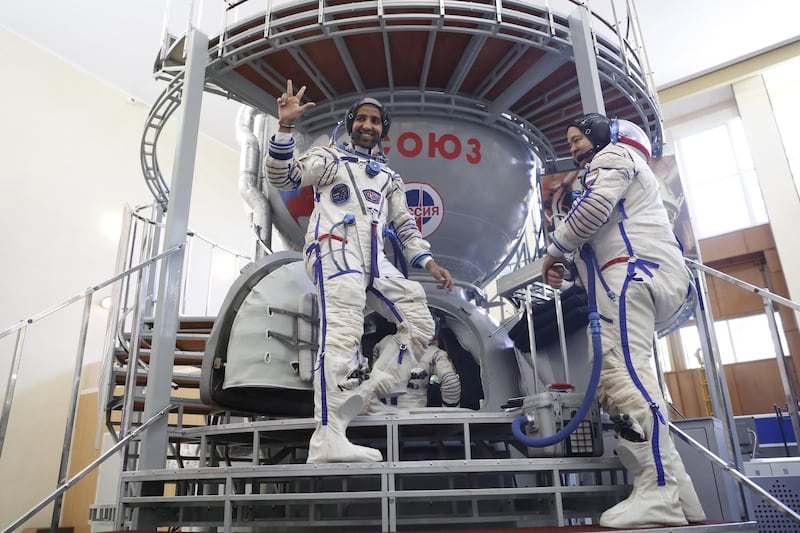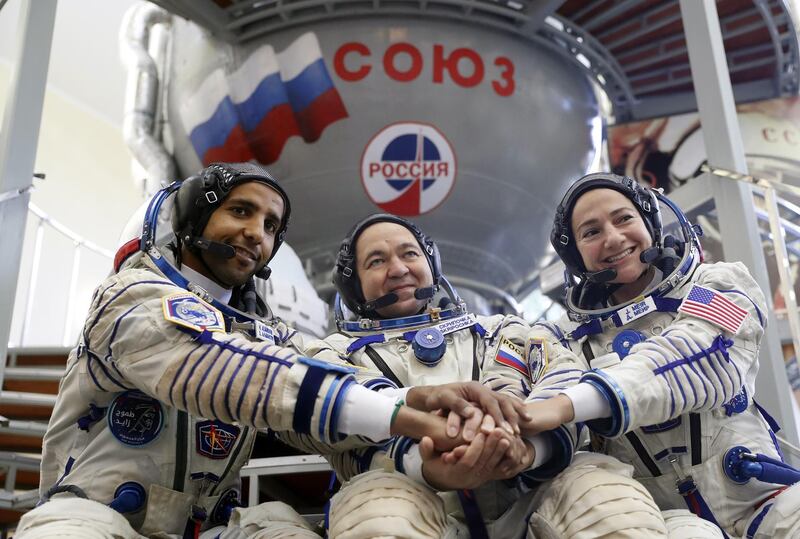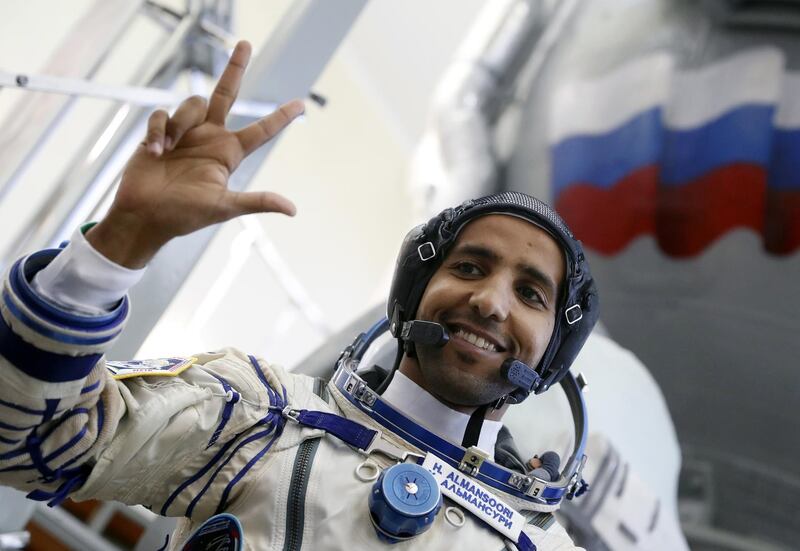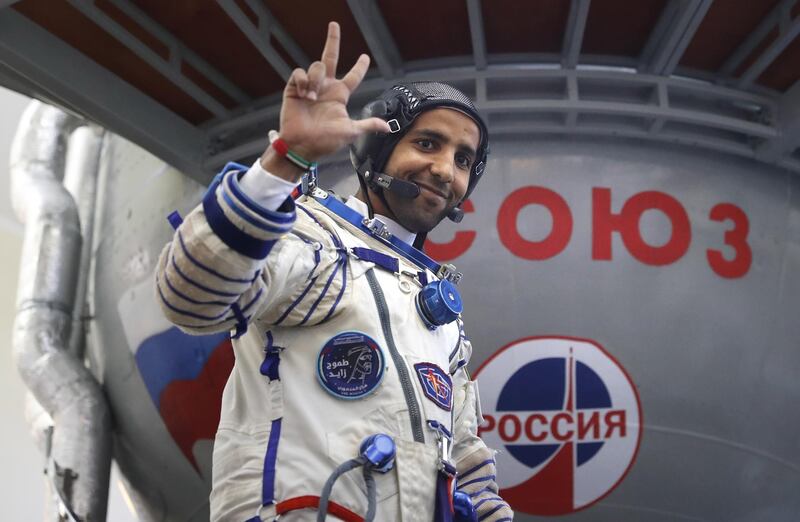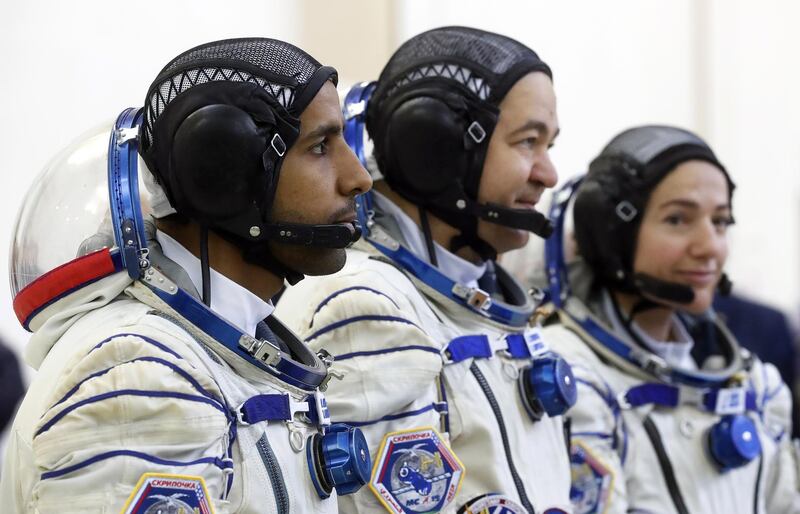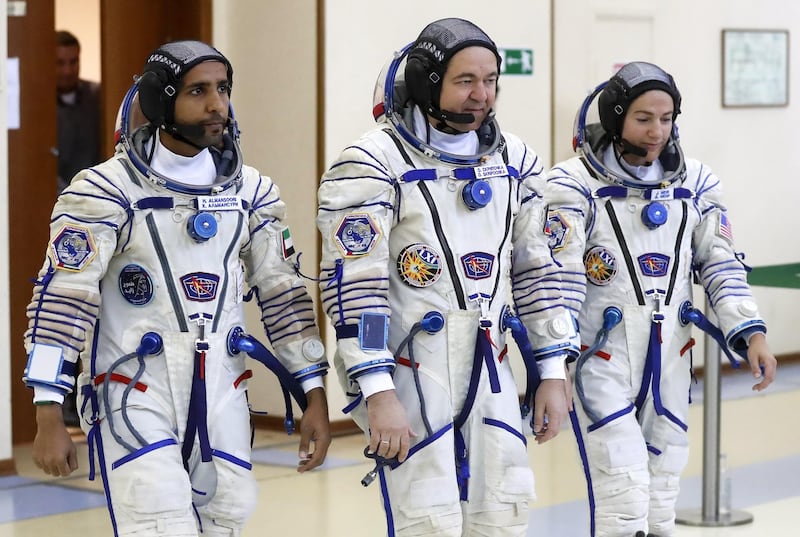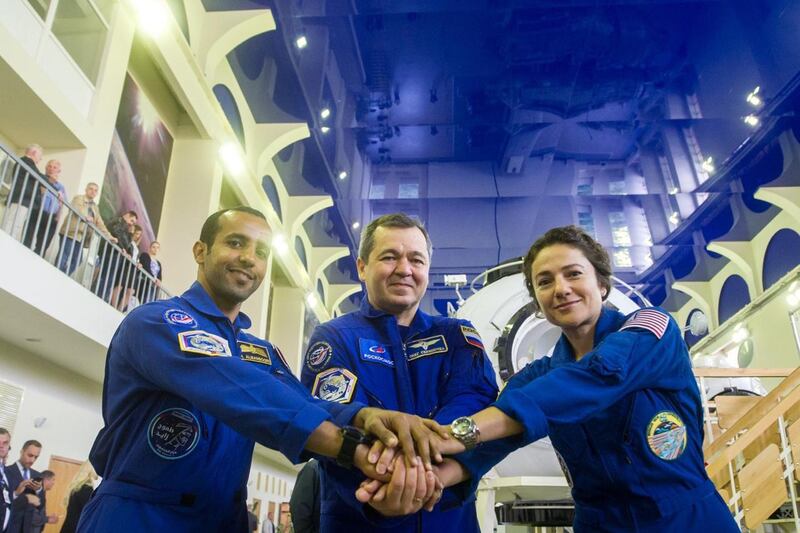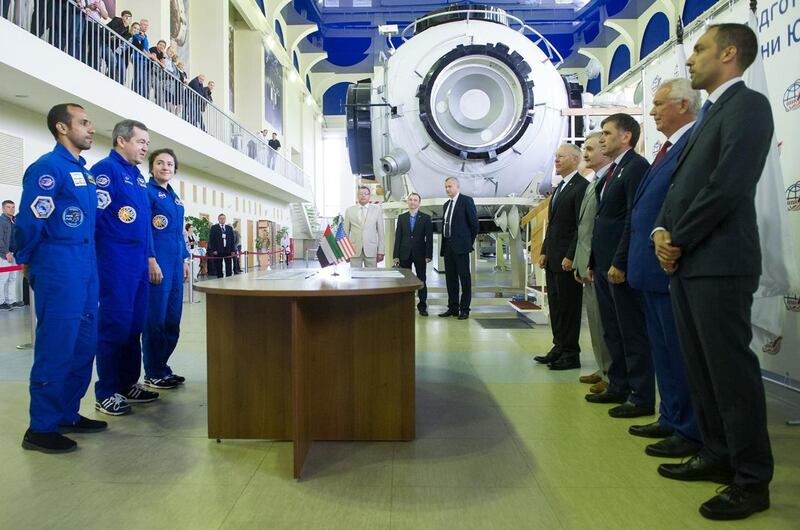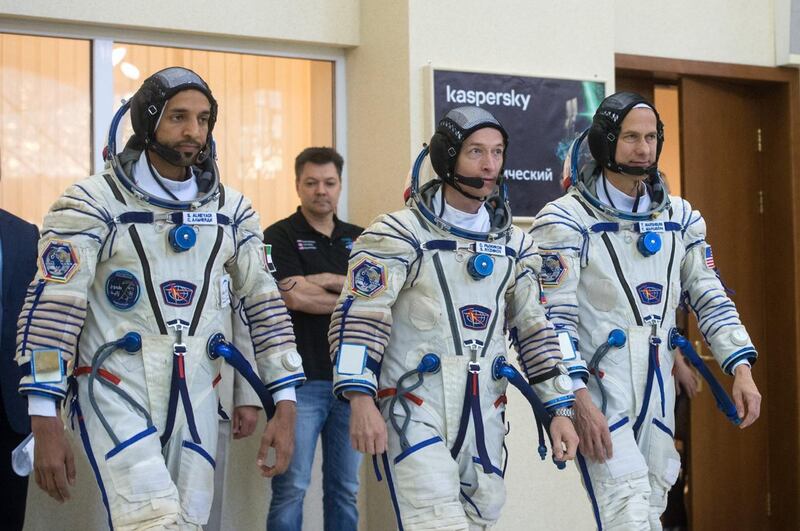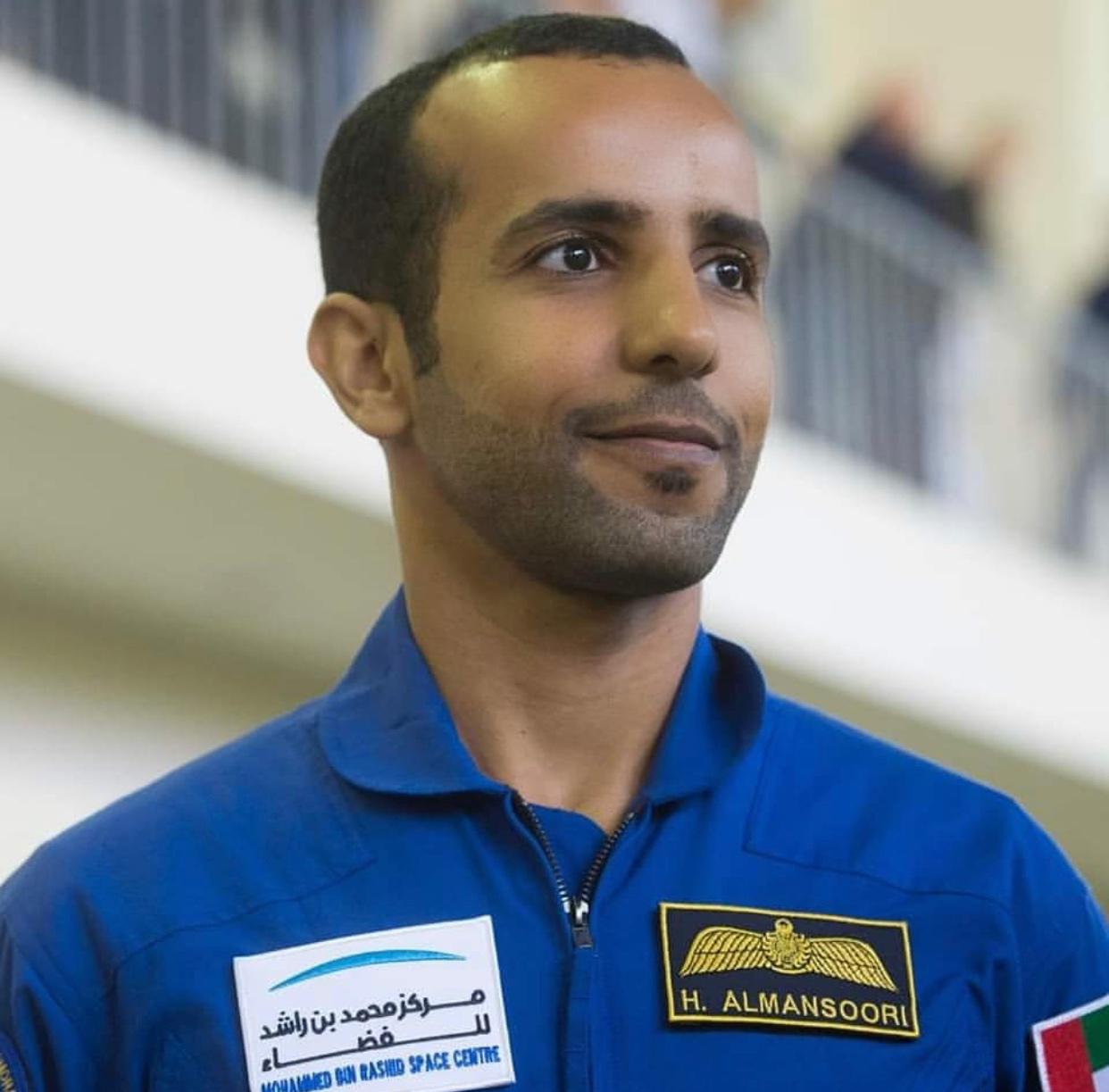A steep curving column of polished titanium rises high above the Moscow skyline, topped with a rocket hurtling towards the heavens.
This is the Monument to the Conquerors of Space, an enduring symbol of Russia’s pride in its continuing exploration of the stars.
Built in 1964, the elaborate structure was erected when the country was still the Soviet Union and locked in a bitter Cold War with the United States.
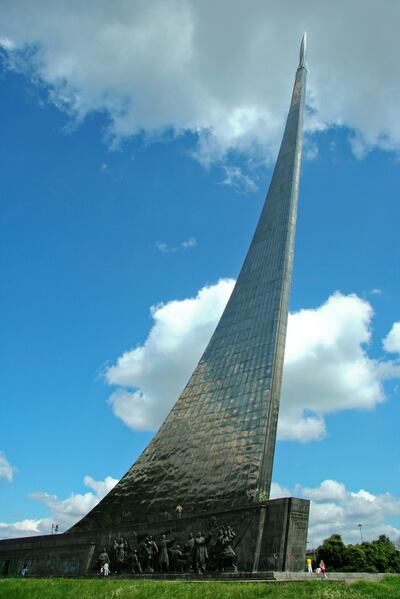
More than a decade later, city officials built the Memorial Museum of Cosmonautics at the same site, its exhibitions brimming with reminders of the space race between East and West, part of the then titanic battle for ideological superiority between capitalism and communism.
Today, one such exhibit is a replica of a remarkable steel sphere that once sent shockwaves across the West.
Sputnik, a primitive satellite launched by the Soviet Union in October 1957, was the first man made object to ever orbit the Earth.
Nearby in the museum, in separate glass cases, are two stuffed dogs.
Belka and Strelka were sent into orbit in 1960 to better assess if humans might survive a mission to space. Happily, both strays made it home safely to live out the rest of their lives on Earth and one of Strelka’s puppies was even presented to President John F Kennedy a year later.
Also on display in the museum is the Vostok capsule, identical to that used by Yuri Gagarin when he became the first man in space in April 1961. It seems impossibly cramped and a reminder of the courage needed to take that first step into the unknown.
There is even a model of Buran, the almost forgotten answer to America’s Space Shuttle and abandoned by the USSR in the 1980s, not for technological reasons, but because the old Soviet Union was going bust.
Now, nearly 60 years later, Russia and the US have made space a place of peaceful collaboration, working together from the International Space Station with astronauts from 17 countries in the common cause of science.
That they continue to do so, is thanks to another example of Russian space technology, one that first flew only two years after the opening of Moscow’s impressive space monument, and, incredibly, more than 50 years later, still does today.
Soyuz, both the space craft and the rocket flew its first unmanned test flight in November 1966. Sheikh Zayed had been Ruler of Abu Dhabi for less than six months, and the creation of the UAE was still five years away.
It is another, 21st Century model of the Soyuz that on September 25 this year will carry Major Hazza Al Mansouri when he becomes the first Emirati in space.
But the most reliable spacecraft ever built almost never made it to the launchpad. Soyuz was originally designed as part of the Soviet Union’s race to the Moon, but even by the mid 60s it was clear that race would be lost to America’s Apollo programme.
Eventually it was decided that Soyuz would be repurposed as a new generation of highly manoeuvrable and flexible craft for working in Earth’s orbit.
An unmanned test launch was fixed for November 1966. Two Soyuz would be launched in a period of 24 hours, docking in space after two days.
Things went wrong from the start. The first Soyuz was so unstable in orbit that the launch of the second was halted. On reentry, the craft appeared to be heading for a successful landing until it disappeared from radar over southern Russia, possibly having self-destructed.
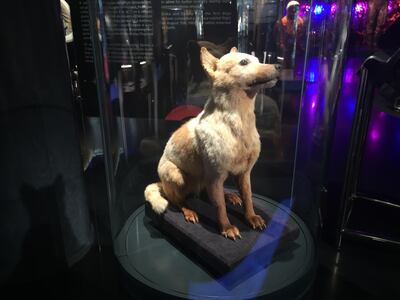
Just a month later, an attempt was made to launch the second unmanned Soyuz. This time the rocket did not even make it off the launch pad, resulting in a massive explosion with a number of casualties.
Despite these setbacks, the first manned launch of a Soyuz was set for the Spring of 1967 and was preceded by a successful test flight in February.
Soyuz 1 took off on April 23, crewed by Vladimir Komarov, who became the first man to fly in space twice.
From the moment it entered orbit, it was clear the spacecraft was still experiencing technical issues. One of the two solar panels failed to deploy, cutting power to the craft, while its automatic stabilising system failed completely.
After 18 orbits, it was decided to bring Soyuz 1 home. All seemed to be well, until disaster struck. The main parachute failed to deploy, as did the backup, which reports found had become tangled in the break parachute. Soyuz 1 hit the ground at 200kph, disintegrated and then burst into flames.
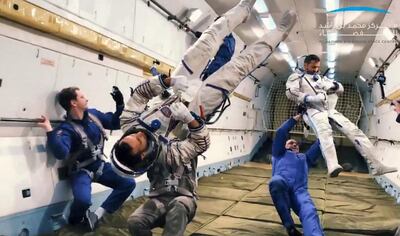
Komarov’s death rocked the Soviet space programme. It was 18 months before a Russian cosmonaut flew again on a heavily modified Soyuz 3, with a rendezvous in space with the unmanned Soyuz 2.
Seven more Soyuz missions passed without incident, including a remarkable triple launch in October 1969 that put seven Russia cosmonauts in orbit at the same time.
Soyuz 11 saw a crew of three successfully dock and enter the world’s first space station, Salyut 1. Reentry took place on June 30, 1971 and seemed to go normally. When the ground recovery team opened the hatch they found all three cosmonauts were dead.
An inquiry found a faulty valve had caused an immediate loss of cabin pressure that suffocated the three men.
It was two years before Soyuz flew again with another redesign that reduced the number of cosmonauts to two to allow them to wear bulkier pressure suits that would prevent the previous accident happening again.
The mission lasted just two days, but was a turning point in the fortunes of Soyuz. Since 1973, Soyuz craft have flown a remarkable 143 missions, a feat unparalleled in the history of space, and without further loss of life.
It includes Soyuz TM-13, which took off from Baikonur in the USSR in March 1991, and returned, 175 days later, to the newly independent Republic of Kazakhstan following the break up of the Soviet Union that December.
More than 25 nationalities have flown on Soyuz, and since the suspension of manned US flights with the end of the Space Shuttle in 2011, it has been the only transport to the International Space Station.
The spacecraft has undergone constant design changes and technological improvements over its 53 years of operation.
The flight of MS-15, which will carry the first Emirati to space, is also the last of the current Soyuz-FG launch system, to be replaced with the new, more advanced Soyuz-2 and the likelihood that this venerable spacecraft will still be flying well into the 21st century.

